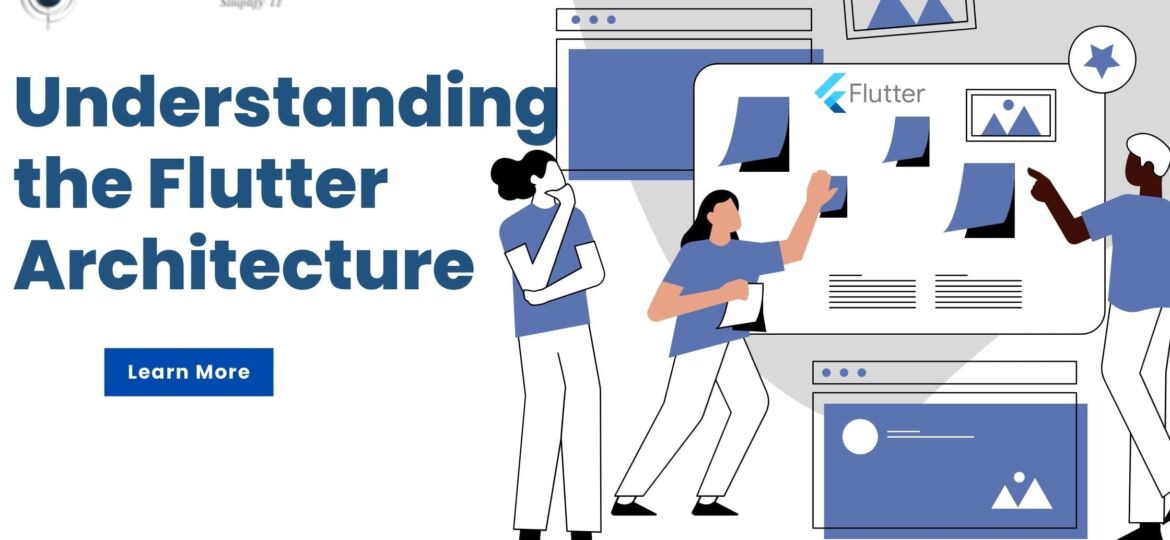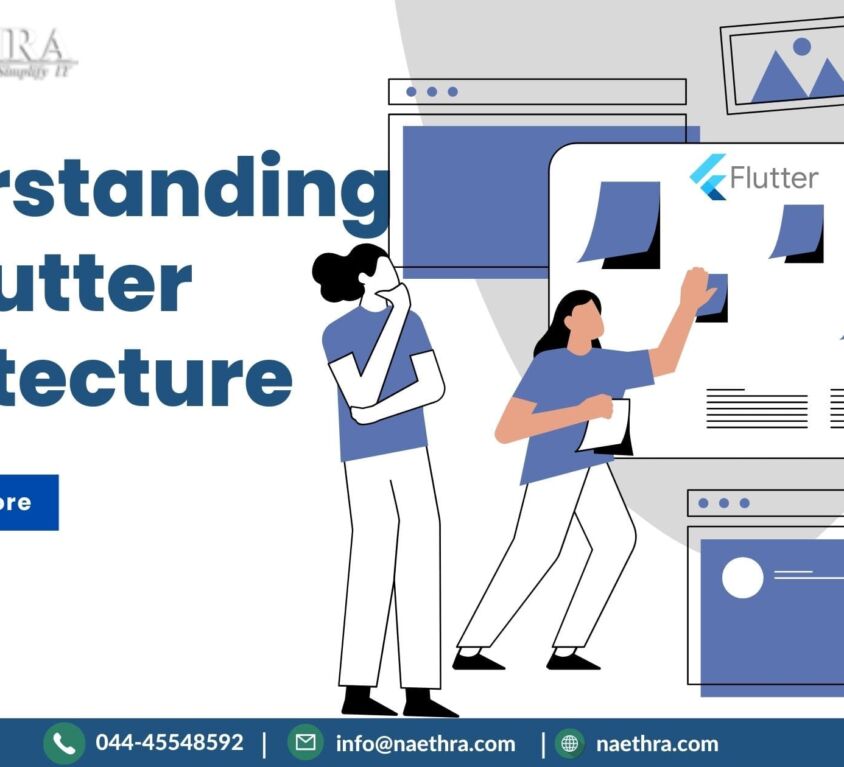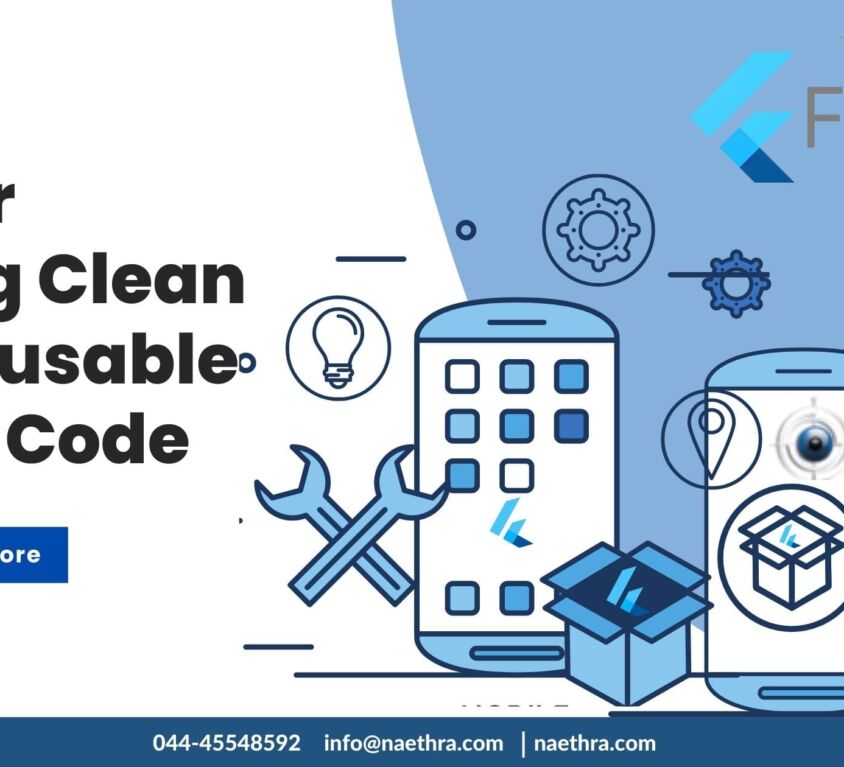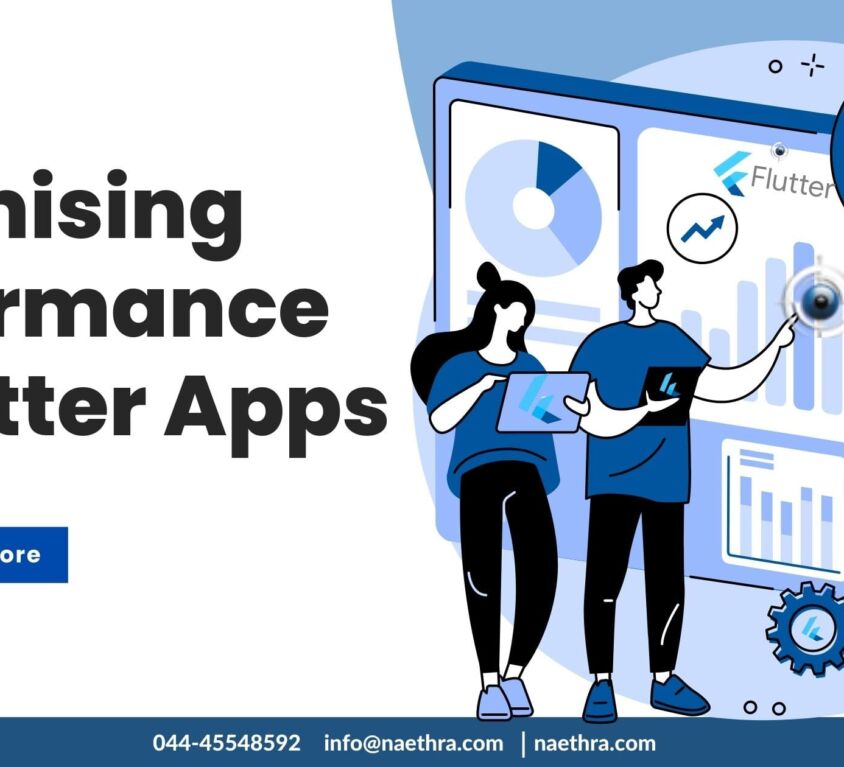
Understanding the Flutter Architecture and Why it Matters for Your App
Are you looking to develop a mobile app? Then you might be interested in hearing about Flutter, one of the most popular open-source development frameworks in the market. By understanding its architecture and benefits, you’ll have better insights into why this could make or break your app’s success.
Flutter is quickly becoming one of the most popular tools for mobile app development. It’s a cross-platform framework that can be used to create apps for both Android and iOS. What makes it so attractive is its architecture and core concept which simplifies app development while still providing powerful features. In this blog post, we will discuss what makes Flutter such a powerful tool for modern mobile application development today.
Core Components
The core components of the Flutter application are the tools used to develop apps with the framework. These include a programming language called Dart, an SDK (Software Development Kit), and a widget library. The Dart language is designed to be simple yet powerful, and it provides access to many of the features available in native languages like Java or Swift. The SDK contains all of the libraries needed for development, such as widgets, images, audio files, etc., and can be accessed through the command line or an IDE (Integrated Development Environment). Finally, the widget library contains all of the UI elements used to create user interfaces in Flutter apps.
Widgets
Flutter Widgets are building blocks that provide a powerful API for building powerful user interfaces. They can be organized into a Widget tree-like structure, with each node in the tree representing an individual widget. With the plethora of widgets at their disposal, developers have access to an enormous variety of customization options that can be used to create simple and complex layouts.
The two main types of widgets in Flutter are stateless widgets, which do not store or manage any internal state, and stateful widgets which maintain their internal state. In addition to these two main types of widgets, Flutter also provides Composite Widgets (which are composed of smaller sub-widgets) as well as Special Widgets like Containers, Rows, and Columns. By combining various widgets it’s possible to create beautiful layouts quickly and easily.
This makes creating complex user interfaces much simpler than before. On the other hand, the parent-child widget tree might be difficult at first to understand but slowly we can master them. Additionally, widgets have built-in support animations and gestures which adds another layer of possibilities when developing your app’s UI/UX design.
Rendering
Rendering is another important component of Flutter architecture that allows you to render your UI quickly and efficiently on different devices without having to write separate code for each device type or Operating System version. This means you don’t have to worry about compatibility issues between different platforms since they will all render the same UI elements correctly regardless of device type or OS version.
Additionally, rendering ensures that your apps look consistent across different devices by ensuring that elements like colors and fonts are rendered correctly on each platform.
Benefits Of Flutter Architecture
The most obvious benefit of using the architecture of Flutter is its performance; apps created with this framework tend to run faster than those created with other frameworks due to its efficient rendering engine and optimized codebase. Additionally, because it uses Dart as its programming language, and its hot reload feature, developers can easily build feature-rich Flutter applications without needing extensive knowledge of various platform-specific APIs or frameworks—which saves time during development cycles. Partnering with a Flutter App Development Company can help ensure you have access to top quality developers who can create high-performing apps for your business.
Furthermore, since Flutter supports both Android and iOS platforms and potentially more in the future—developers only need to maintain one codebase instead of two separate ones. This allows businesses to focus on Web & Mobile App Development making it easier to manage resources and stay competitive in the market.
Lastly, because of its open-source nature actively maintained by Google engineers–it ensures scalability & flexibility for businesses looking for long-term solutions for their mobile application needs as well as keeps up with the latest trends & technologies in the mobile application space as well as helps them stay competitive in the market place too!
In conclusion, Flutter’s architecture with its widgets library system powered by Dart programming with UI as the topmost layer is what sets it apart from other mobile app frameworks; allowing you to create beautiful user interfaces quickly while still providing powerful features like animation support and gesture recognition capabilities & framework for rendering built into SDK package itself–allowing businesses operate effectively & efficiently while they focus on delivering product/service rather than worrying about maintaining multiple code bases separately!
At Naethra Technologies, we understand how critical it is for your app to have a solid foundation. That’s why our team of experienced developers takes the time to craft a custom Flutter architecture that will provide the stability and scalability your app needs to succeed. To learn more about how we can help you create a better Flutter app, get in touch with an IT service provider today.





